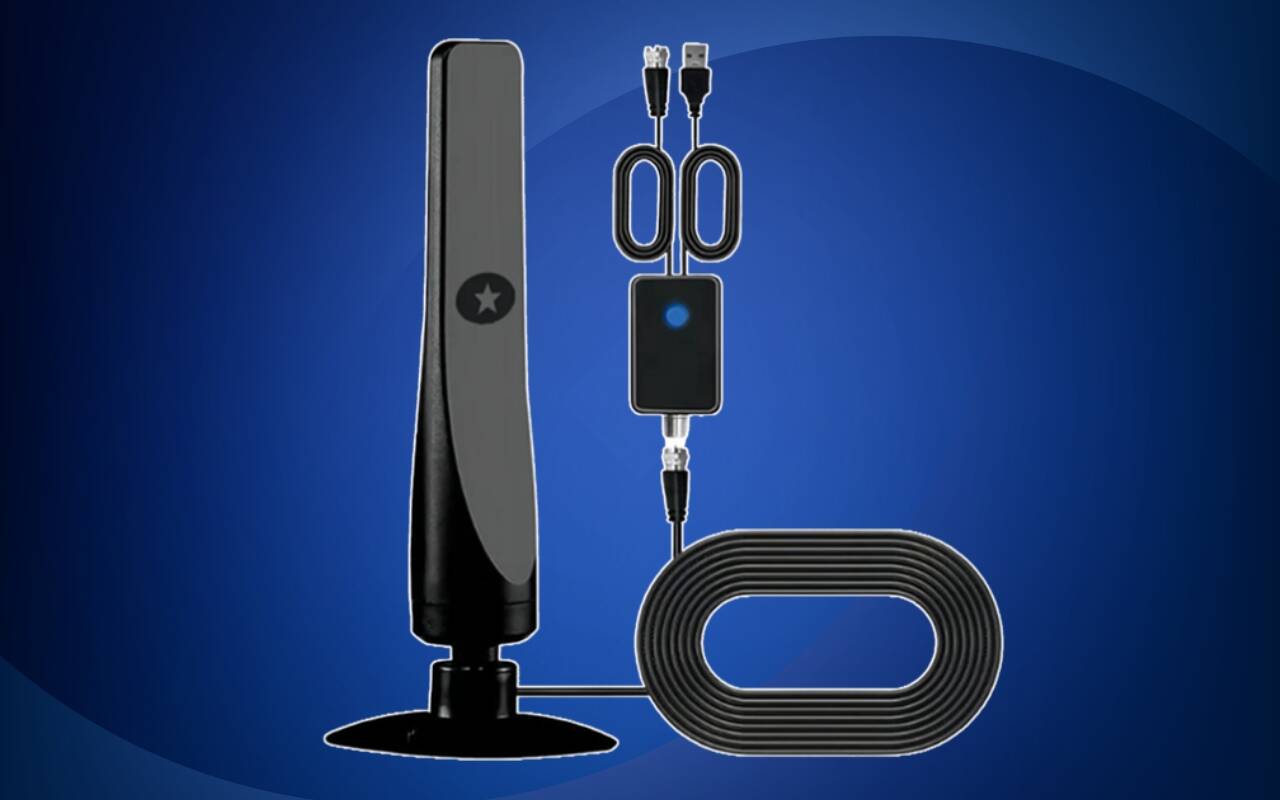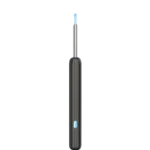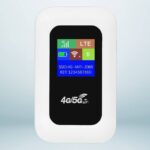
FreeWave Antenna Reviews: Revolutionizing Wireless Connectivity
Introduction
Wireless communication is an essential aspect of modern technology, enabling seamless data transfer across various applications, including industrial automation, defense, energy, and remote monitoring. One of the leading technologies in this domain is the FreeWave antenna. FreeWave Technologies has established itself as a pioneer in wireless communication solutions, providing reliable and efficient connectivity for mission-critical applications.
This article delves into the specifics of FreeWave antennas, their functionality, advantages, applications, and future trends in wireless communication.
What is a FreeWave Antenna?
A FreeWave antenna is a wireless communication device used for long-range, high-reliability data transmission. These antennas are an integral part of FreeWave’s broader ecosystem of radios and networking solutions, designed to support industrial IoT (IIoT) and other advanced applications.
FreeWave antennas are engineered to operate in various frequency bands, including unlicensed and licensed spectrums, allowing for secure and interference-free communication. They enable robust data transfer across challenging environments, including remote locations and industrial settings with high interference levels.
Key Features of FreeWave Antennas
1. Long-Range Communication
FreeWave antennas are renowned for their ability to transmit data over long distances without significant loss in signal quality. Depending on the model and configuration, these antennas can support communication over several miles, making them ideal for remote and industrial applications.
2. High Data Throughput
These antennas support high-speed data transfer, ensuring that critical information reaches its destination promptly. High throughput is essential in applications such as real-time monitoring, SCADA (Supervisory Control and Data Acquisition) systems, and telemetry.
3. Reliability and Durability
Industrial environments often present challenges such as extreme temperatures, moisture, and electromagnetic interference. FreeWave antennas are built to withstand harsh conditions, ensuring consistent performance and longevity.
4. Low Power Consumption
Energy efficiency is a crucial factor in remote applications where power sources are limited. FreeWave antennas are designed to operate with minimal power consumption, making them suitable for battery-powered and solar-powered setups.
5. Secure Communication
With growing concerns about cybersecurity, FreeWave antennas incorporate advanced encryption and authentication mechanisms to prevent unauthorized access and ensure data integrity.
Applications of FreeWave Antennas
1. Industrial Automation
FreeWave antennas play a vital role in automating industrial processes by facilitating seamless communication between sensors, controllers, and monitoring systems. Industries such as manufacturing, oil and gas, and water treatment rely on these antennas for efficient operations.
2. Energy and Utilities
Energy sectors, including power generation and distribution, use FreeWave antennas for remote monitoring and control. These antennas support SCADA systems, enabling real-time data collection and decision-making.
3. Agriculture and Precision Farming
Modern agriculture benefits significantly from wireless connectivity. FreeWave antennas help farmers monitor soil conditions, weather patterns, and equipment status, optimizing resource usage and improving productivity.
4. Defense and Security
The defense sector utilizes FreeWave antennas for secure communication in military operations, border security, and surveillance. Their ability to function in extreme conditions makes them an excellent choice for mission-critical applications.
5. Transportation and Logistics
Wireless communication is essential in fleet management, railway signaling, and maritime applications. FreeWave antennas ensure reliable data exchange for efficient transportation operations.
Advantages of FreeWave Antennas
- Scalability: These antennas support expanding networks, allowing businesses to scale their operations without significant infrastructure changes.
- Interference Resistance: Advanced filtering techniques minimize signal interference, ensuring reliable communication even in congested environments.
- Easy Integration: FreeWave antennas are compatible with various networking protocols and devices, simplifying integration into existing systems.
- Cost-Effectiveness: Compared to wired communication solutions, FreeWave antennas reduce installation and maintenance costs.
- Environmental Sustainability: Low power consumption and solar compatibility contribute to eco-friendly operations.
Challenges and Considerations
Despite their numerous advantages, FreeWave antennas face certain challenges, including:
- Regulatory Compliance: Adhering to local and international wireless communication regulations is crucial for deployment.
- Initial Setup Costs: While they reduce long-term expenses, the initial investment in FreeWave antennas and supporting infrastructure can be significant.
- Technical Expertise: Proper installation and configuration require skilled professionals to ensure optimal performance.
Future Trends in FreeWave Antenna Technology
The wireless communication landscape is constantly evolving, and FreeWave antennas continue to advance in response to industry needs. Key trends include:
1. Integration with 5G Networks
The emergence of 5G technology promises even faster and more reliable wireless communication. FreeWave antennas are expected to integrate with 5G networks, enhancing connectivity for industrial and IoT applications.
2. AI and Machine Learning Applications
Artificial intelligence (AI) and machine learning (ML) are playing an increasing role in optimizing wireless networks. Future FreeWave antennas may incorporate AI-driven analytics for predictive maintenance and performance optimization.
3. Enhanced Cybersecurity Measures
With rising cybersecurity threats, FreeWave is likely to introduce more advanced encryption and authentication features to safeguard data transmission.
4. Improved Power Efficiency
Developments in energy-efficient technologies will further reduce power consumption, making FreeWave antennas even more suitable for remote and off-grid applications.
Conclusion
FreeWave antennas have revolutionized wireless communication by providing robust, long-range, and secure connectivity solutions for diverse industries. Their applications in industrial automation, defense, energy, and agriculture underscore their importance in modern technological advancements.
As the world moves toward more interconnected systems, FreeWave antennas will continue to play a pivotal role in ensuring reliable data transmission. With ongoing innovations, these antennas are set to become even more efficient, secure, and adaptable to the evolving demands of wireless communication.

![Zanari CBD Gummies Reviews [NEWEST UPDATE] Every USA Customer Must Know Before Spending!!! Zanari CBD Gummies Reviews [NEWEST UPDATE] Every USA Customer Must Know Before Spending!!!](https://bingnews24x7.com/wp-content/uploads/2025/10/Golden-Fountain-Farms-CBD-Gummies-150x150.png)






![Green Nature Farms CBD Gummies Reviews [Website Fact Check!] Know The Truth Before Buying! Green Nature Farms CBD Gummies Reviews [Website Fact Check!] Know The Truth Before Buying!](https://bingnews24x7.com/wp-content/uploads/2025/09/Golden-Fountain-Farms-CBD-Gummies-150x150.png)









Average Rating